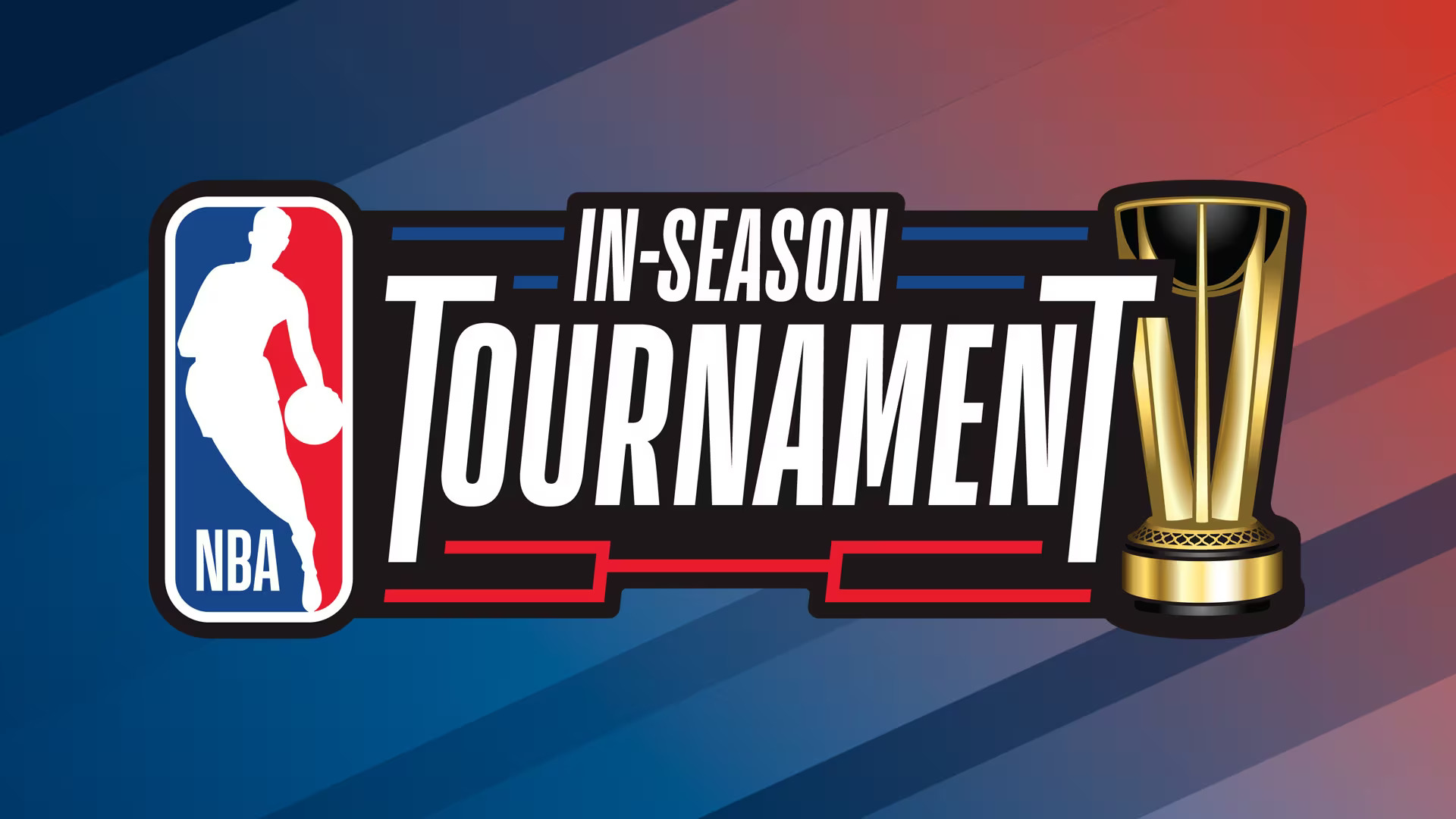Adam Silver and the NBA officially unveiled the format and groups for the new in-season tournament on July 8. Photo courtesy of NBA.com.
SAWYER GOLDWEIN | SPORTS REPORTER | sgoldwein@butler.edu
Overtime, or “OT,” is an opinion column series where the Collegian takes national sports headlines or polarizing topics and gives them a Butler-centric angle.
The 2023-24 NBA schedule will feature a new addition in the form of the first-ever NBA midseason tournament. This is a rare move for a major American sports league, as top soccer leagues overseas have historically been alone in adopting this scheduling anomaly.
The NBA isn’t in uncharted territory, however. In 2021, the WNBA introduced their own in-season tournament called the Commissioner’s Cup. This was intended to do a couple things: firstly, to provide more entertainment value to the WNBA regular season. Secondly, it showed the NBA whether or not the tournament was a strategically and financially savvy move for their league. While the results haven’t been perfect, they’ve been strong enough for NBA commissioner Adam Silver and company to give the project the green light.
Not everyone is convinced that the midseason tournament will be the smash hit the NBA thinks it will be. First-year psychology major Carson Brown understands why the NBA believes the new scheduling feature will boost ratings, but doesn’t think it will have the intended effect on fans.
“I only watch the playoffs because I don’t really find the regular season to have much appeal since it’s an 82 game-long thing and most teams bottom out anyway,” Brown said. “But if you look at any avid NBA fan, they’re gonna tell you the same thing. They think [the in-season tournament] is pretty much a waste of time.”
The decision to institute a new tournament has been met with skepticism from NBA fans, including at Butler. But before you form your opinion, let’s examine how the tournament works.
Each conference has been split into three groups, with five teams in every group. For example, Butler’s hometown Indiana Pacers are part of the Eastern Conference’s Group A, along with the Philadelphia 76ers, Cleveland Cavaliers, Atlanta Hawks and Detroit Pistons. Each team will play the four other teams in their group on designated tournament nights during the early portion of the schedule. Two of those games will be at home, and two will be on the road.
When group play is over, the six group winners will advance to the single-elimination tournament along with one wild card team from each conference. Those eight teams will finish out the tournament, while eliminated teams will play standard regular season games in order to equalize the number of games each team plays. The only teams that will play more than the typical 82 games are those who play in the midseason tournament championship, as the other 28 squads will not play another game to accommodate. The players on each team that makes the elimination tournament will receive cash compensation, with the value increasing for each round the teams advance to. A tournament MVP and all-tournament team will be named.
Since the in-season tournament games also count towards teams’ regular season record, there’s no doubt that players will be invested in it. However, will the league’s biggest stars feel any extra motivation to win the tournament? With a prize of half a million dollars per player for the tournament champions, Brown doesn’t think so.
“You can earn $500,000 on one incentive in your contract,” Brown said.
Another school of thought is that professional athletes live to compete, so everybody on the roster, from stars like the Pacers’ Tyrese Haliburton to two-way players like Isaiah Wong, will be playing their hearts out for the right to lift a trophy.
If that’s the case, the midseason tournament could very well be a hit. A little extra competition is bound to bring people through stadium doors and eyes to televisions, at least according to first-year exploratory business major Matthew Wilder.
“I think it’ll drum up interest,” Wilder said. “Just the fact that there’s a championship on the line will make people interested no matter what the scenario actually is.”
Some fans wonder whether a brand new tournament will actually hold any weight in the eyes of those in the NBA community. In-season tournaments have certainly worked in soccer leagues overseas, but it feels too early to tell how the Commissioner’s Cup is valued.
First-year biology major Simon Linde is not expecting a positive reaction towards the in-season tournament champions from fans.
“I feel like nobody’s really gonna care about it,” Linde said. “It’s just going to be seen as a participation trophy.”
Linde could easily be right. In the age of hot takes and social media, NBA fandom has never been more negative. So, when an in-season champion is crowned for the very first time, there’s bound to be hate hurled towards both the tournament itself and the team that wins it.
Does that mean this is a bad business decision by the NBA? Not at all. Fans will still attend tournament games, and watch from home at higher rates than they watch regular games, even if not by the margins Silver projects. That means more money coming in for the NBA, and as a result, the NBA in-season tournament is here to stay.



